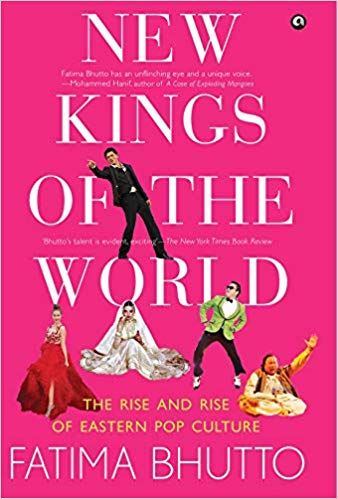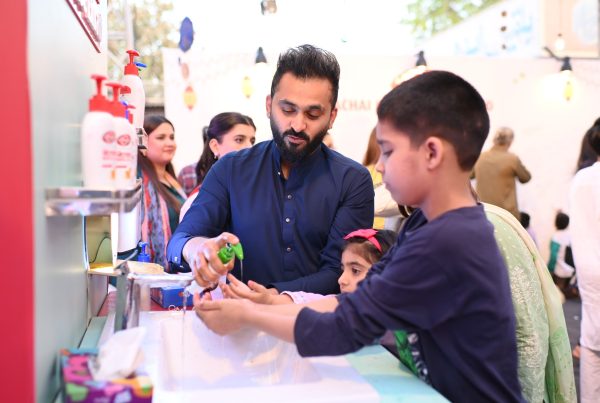Acclaimed Pakistani writer, Fatima Bhutto, has a new book out titled New Kings of the World: The Rise and Rise of Eastern Pop Culture, in which she has delved deeper into the role of global Bollywood icon, Shah Rukh Khan in eastern pop culture.
In an excerpt from the newly released book, the author talks about SRK’s lineage and all that has gone into the making of a global superstar; a star so huge and bright that he’s considered the world’s most famous film actor and known as King Khan. The book narrates the author’s journey through the streets of the Qissa Khawani Bazaar in Peshawar, famously home to SRK’s father, in an effort to dissect the intricacies of his power in the region.
“An elderly man with a snowy white beard steps out of his shop when he sees me. He knows why I am here: He knows why everyone walks down the dark tunnel to Shah Wali Qatal,†she writes, referencing the appeal of the otherwise mundane street. She goes on to call him ‘icon of a vast cultural movement emerging from the Global South’, and one of the biggest challenges to the United States’ monopoly of soft power.

The book also narrates a great example of just this. As Fatima gets back into a chauffeur-driven car courtesy of SRK, post an interview with him, his chauffeur (Mithun), who was on duty during his time in Dubai, could barely mask his excitement and awe.
In an excerpt from the book: Mithun told me that he had driven everyone —including Kim Qadir-shee-an, a model who was being filmed the entire time she was in his car, in fact he never saw her face, and they were followed by police escort “all for this one girlâ€â€”but no one was as truly wonderful as Khan. “He started from jero. He had nothing. When I am born, that time also he was an actor. He looks the same,†Mithun rhapsodized, “No changing, no different…â€
In another excerpt from the book, SRK tries to understand the nature of his stardom: “One part says that I came into the film industry when India was opening up, the Indians in the diaspora — including Pakistan and Bangladesh, I mean the whole South Asia has the same status — were all proud of suddenly having Indian movies to be watched and second generation and third generation people were being made to watch these by the first generation to teach them culture, to show them this is hamara land,†Khan reflects. “Somehow, I led the movement because the kind of films I did were a mix of being cool, which I think people abroad wanted themselves to be felt like. So I was cool enough and we were traditional enough.â€
The book, which looks at the eastern region of the world as opposed to the western power, not just encompasses the South Asian region but also talks about the middle and far-east region, including K-Pop.





